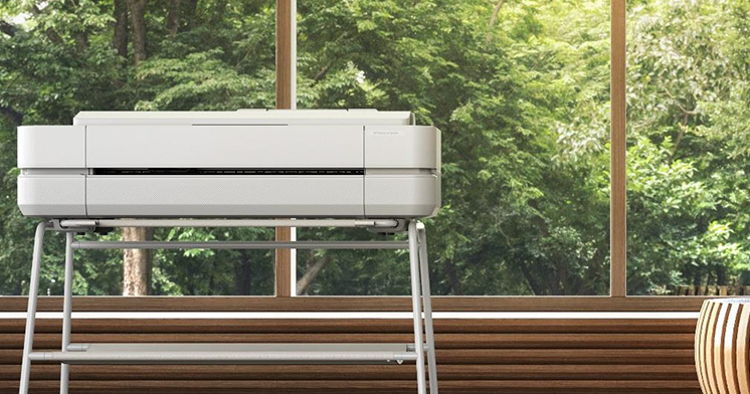“The best way to predict the future is to design it,” said the ground-breaking American architect Buckminster Fuller. Today’s architects, product designers and engineers seem to have taken him at his word — and the future they are designing is a sustainable one.
In a recent survey, between 80% and 90% of architects said that sustainability was important in their work. And by 2021, almost half of all architects will be working on more sustainable than non-sustainable projects.
This shouldn’t come as a surprise to anyone who has worked with design professionals. Architects, engineers and designers tend to be highly engaged in promoting sustainability and incorporating it into their work.
But what about building sustainability into day-to-day working practices themselves? This can be tougher. Any design-led profession requires cutting-edge IT equipment such as servers and workstations. Unless all of these are the very latest and most sustainable models, it can mean higher than average energy bills.
Travel, often international, to and from sites also increases the business’s carbon footprint. The creation of scamps, scale models, draft printouts and other forms of rough work can be heavy on both labour and consumables.
So, what can design professionals do to make their businesses more sustainable?
More and more, all the time – is the answer.
Now is the time to make the change
In the first two months of the COVID-19 pandemic, just one video conferencing app saw its usage rise by 574%. Over the last few months, businesses in every sector — including designers, architects, civil engineers and other design engineers — have grown used to doing everything from internal meetings to business pitches through video.
And this growth in video conferencing has a potentially huge impact on reducing business-related carbon emissions. According to video conferencing platform Zoom, the average business trip produces 168 times the carbon emissions of the same meeting carried out by video conferencing.
Another way to make your studio or practice more sustainable is to look at processes, such as printing, which consume energy and some form of raw material, such as ink or toner. If you can find a way to produce the same quality output while using less energy and raw materials, this can have a significant impact on how sustainable your business is to run.
New energy-efficient printers
To meet this demand from creative professionals for a new generation of more environmentally sustainable large-format printers, HP has released the new HP DesignJet T200, T600 and Studio Printer series. All three new product ranges are made with a high proportion of recycled plastic and are designed to be more sustainable across their entire lifecycle than comparable products.
Ways in which the new HP large-format printers are more sustainable than the competition include:
• consisting of up to 30% recycled plastic
• emitting up to 7.3 tons less carbon a year than comparable large-format printers
• using up to 95% less ink for routine maintenance than comparable large-format printers
These printers are also ENERGY STAR certified by the US Environmental Protection Agency, a recognition of their contribution to delivering features and performance which help consumers improve their energy efficiency.
Thanks to features such as automatic, multi-size printing with just a single click and easy job submission, the new HP DesignJet printer series also helps you cut down the number of prints it takes to get exactly the right look and feel. This reduces the time spent on printing and troubleshooting – and helps save ink and paper.
Additionally, the HP DesignJet printer series work with free, convenient HP ink cartridges, recyclable through the HP Planet Partners programme, reinforcing HP’s commitment to sustainable ink innovation. The printers also use HP Bright Office Inks, and work with FSC-certified papers, ideal for technical document printing as they provide bright colour and bold image quality on plain papers.
This is how these printers help design professionals minimise their energy usage, cut their carbon footprint and reduce the quantity of consumables such as ink which they use. All this helps to make your business more sustainable – and saves you money.
“The new large-format HP DesignJet printers are designed with creative professionals and sustainability in mind,” says Colin Easton, Large Format Printing Channel Manager at HP UK. “And because you can print from any connected device anywhere, with minimum configuration and troubleshooting, they’re also perfect for the post-COVID socially distanced office, making it easier for people to avoid congregating at printers, as well as helping them print from on-site and on the go.”





